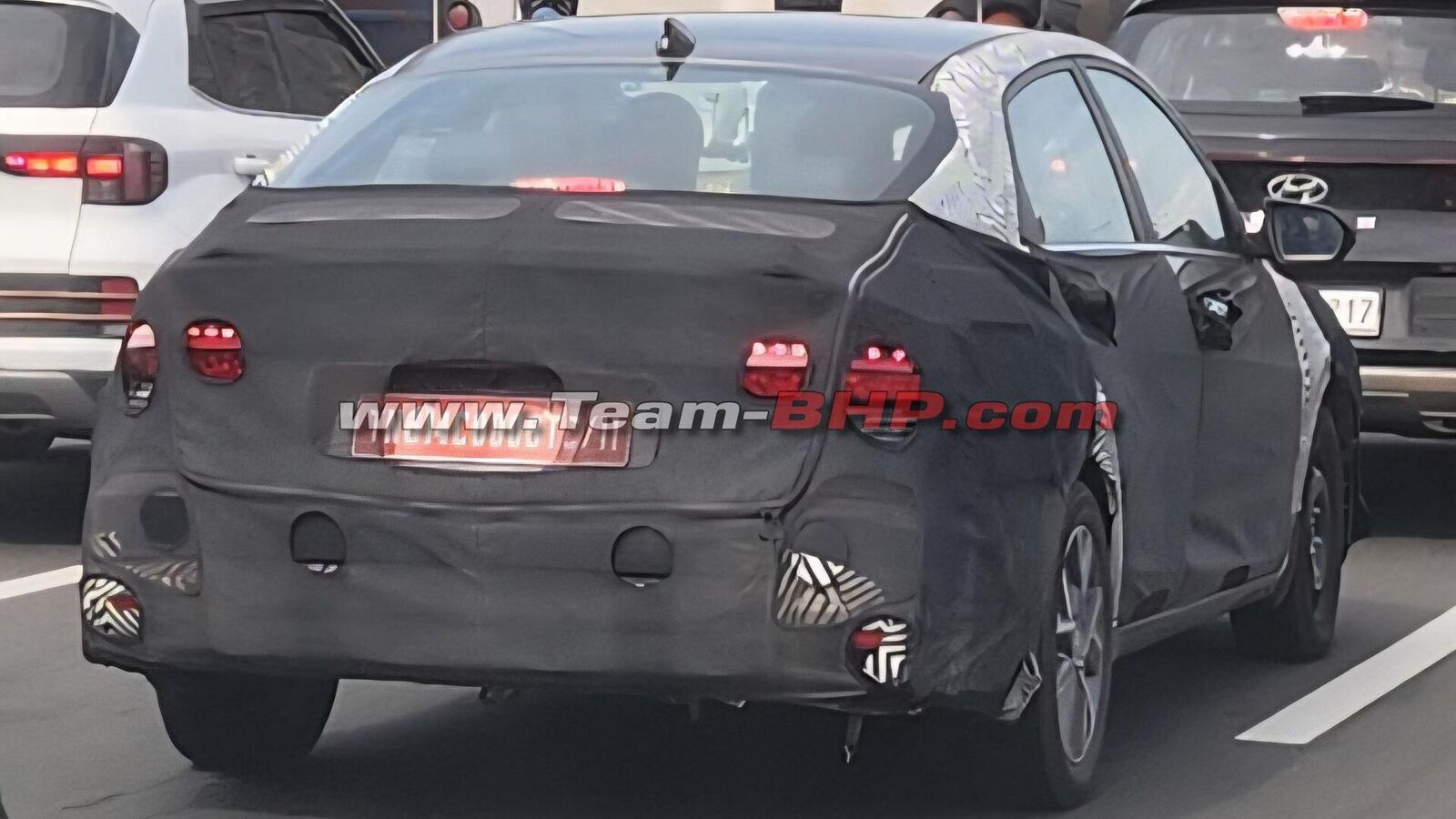30 September 2025

The Netherlands is leading the way in battery-electric light-commercial vehicle (LCV) uptake this year. But what is behind this improvement? Joanna Fabiszewska-Solares, market analyst at EV Volumes, examines the data with Autovista24 special content editor Phil Curry.
The adoption of battery-electric LCVs in the European market is proving slow. Both the volume, and share of fully-electric vans declined in 2024, at a greater rate than that of all-electric passenger cars.
Part of the problem is the higher costs of the technology compared with diesel models. Coupled with this, these vehicles possess a limited driving range, which is hindering uptake.
However, new models such as the Ford Transit, Renault Trafic and the Volkswagen (VW) Transporter, plus updated offerings from Stellantis, are gradually driving demand. Alongside this, zero-emission zones in cities across Europe are further encouraging the technology’s adoption.
In particular, the Netherlands stands out when it comes to battery-electric LCVs. Between January and July 2025 they made up 72.3% of the total LCV registrations in the country. This is compared with a share of just 8.4% in the same period last year, according to data from EV Volumes.
Why is battery-electric LCV uptake improving?
There are several factors that could explain this considerable surge in battery-electric LCV adoption in the Netherlands:
- Sharp market contraction: Total LCV registrations fell by around 79% year-on-year between January and July. With such low volumes overall, battery-electric LCVs will naturally claim a much higher share.
- Zero-emission zones: Since the start of this year, a number of municipalities in the Netherlands, including cities such as Amsterdam have introduced zero-emission zones, pushing fleets towards all-electric vans.
- Tax changes: Internal-combustion engine (ICE) vans lost their exemption from registration tax (BPM) at the beginning of 2025, and now pay the full BPM. Conversely, battery-electric vans pay the minimum fixed rate. Before January 2025, ICE and all-electric vans, when bought by entrepreneurs, were fully exempt.
- Charging infrastructure: The Netherlands now has one of the densest public charging networks in Europe, aiding uptake of the technology.
Looking ahead, the battery-electric LCV share in the Netherlands may reach around 65% by the end of 2025. This would place the country as the European frontrunner in light-commercial vehicle electrification.
As a result, the Netherlands is on track to surpass Norway, where all-electric models are forecast to achieve around a 41% share this year. By contrast, battery-electric shares in the LCV segment are anticipated to only reach 7.2% in Germany, 8.9% in the UK, 4.2% in Spain, and 4.1% in Poland.
Therefore, electrification of LCVs remains particularly challenging. But the Dutch example proves that a combination of regulation, infrastructure, and cost advantages can rapidly accelerate electric adoption in the sector.
Industrial action plan
In March 2025, the European Commission unveiled the Industrial Action Plan for the European Automotive Sector. This proposed measure is to support the industry’s competitiveness and transition to zero-emission mobility.
A key highlight in the proposal was the relaxation of the 2025 CO₂ emissions targets for cars and vans, extending the compliance period from one to three years, covering 2025 to 2027. This provides manufacturers with greater flexibility to avoid fines. The proposed amendment to the CO₂ targets was officially adopted on 27 May 2025.
EV Volumes calculates battery-electric LCVs in the EU must average 18% share to meet the CO₂ target of 153.9 g/km. The all-electric market share was 5.2% in 2024, and is forecast to reach 9.1% in 2025. In 2026 it should reach 11.8%. A sharper rise is expected in 2027 as manufacturers work to hit the three-year average.
However, EV Volumes does not expect the LCV sector to comply with regulations within the 2025 to 2027 period, but more realistically between 2025 and 2029.
Looking ahead
EV Volumes forecasts that the battery-electric share of LCVs in Western and Central Europe will reach 46.2% by 2030. While the EU ICE ban on new models will accelerate the shift to electric vans, the latest outlook anticipates a 90.4% BEV share for LCVs in 2035. This is lower than the 91% forecast for passenger cars. By 2040, the share of battery-electric LCVs is forecast to rise to 98.9%.
The role of e-fuels and other CO₂-neutral ICE technologies is expected to remain limited, depending largely on national tax policies. EV Volumes also expects the deployment of hydrogen fuel-cell vehicles (FCEVs) to be limited in light commercial vehicles, with their share peaking at just 0.01%.





